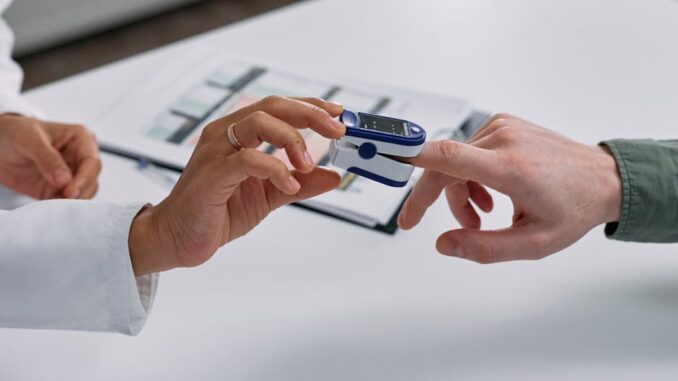
Summary
AI is transforming healthcare by enhancing diagnostic accuracy, enabling earlier disease detection, and personalizing treatment. This article explores the role of AI as a diagnostic partner in clinical settings, examining its applications, benefits, and future potential. AI algorithms are now capable of analyzing medical images, predicting patient outcomes, and supporting remote diagnoses, improving patient care and healthcare efficiency.
** Main Story**
AI is really shaking things up in healthcare, especially when it comes to diagnostics. It’s not some sci-fi fantasy anymore; AI-powered diagnostic tools are becoming essential in hospitals and clinics. They’re boosting what doctors can do and, ultimately, making things better for patients. AI algorithms are changing how we find and treat diseases, from looking at medical images to even guessing how a patient will do in the future.
AI-Driven Image Analysis: A New Era in Radiology
One of the coolest ways AI is helping is with medical images. Think X-rays, CT scans, MRIs… those things. AI algorithms can scan these images and spot tiny problems that a person might miss. I read this study, and it was saying that AI can find tumors early, sometimes better than even experienced radiologists! This early detection? It’s huge. It means we can treat things sooner and give people a much better shot at getting better, and improving their chances of survival. My aunt had an early diagnosis because of something like this, it’s really encouraging to see the potential for others.
And, it’s not just radiology. It’s helping in pathology too. You know, looking at tissue samples under a microscope? AI-powered platforms can zoom through these samples super fast, pointing out interesting spots for pathologists to focus on. This means quicker, more accurate diagnoses. Time is everything, especially when it comes to serious illnesses.
Beyond Imaging: AI’s Expanding Role in Diagnostics
But, wait, there’s more! AI’s not just about pictures. We are also seeing AI-powered virtual assistants stepping in to help patients. These tools can answer questions, set up appointments, and even do a quick symptom check. The best part? This frees up doctors and nurses to deal with the more complicated stuff. What a game changer. AI can even help diagnose remotely by analyzing data from those virtual assistants, fitness trackers and medical imaging. That said, if something serious is picked up, its sent to the specialists. It is particularly great for those who can’t easily get to a doctor, those underserved areas, you know?
Also, AI algorithms can look at past data and predict how a patient might respond to treatment. This means doctors can make smarter decisions and tailor treatment to fit each person’s needs. For example, by spotting people who are likely to develop certain conditions, AI can help us prevent or delay diseases. Plus, AI is playing a bigger role in drug research and personalized medicine. It is helping find new drug targets and create treatments based on someone’s genes.
The Future of AI in Diagnostics: A Collaborative Approach
Sure, AI in diagnostics is amazing, but let’s not forget it’s a tool, not a replacement for doctors. The real future of AI in diagnostics is a team effort. AI algorithms will work alongside doctors to give patients the best care possible. It’s like combining the brains of AI with the human touch and wisdom of doctors, a partnership, that’s what it is, and it benefits everyone. I think it’s really important that we consider the human factors of this AI revolution, in many ways we need to ensure that we are properly preparing for its widespread deployment.
As AI gets even better, we can expect even more advanced diagnostic tools. Think about AI tools in intensive care units, predicting sepsis before it’s even obvious. Or, enhancing mammograms to spot breast cancer more accurately than people can. These AI improvements will require collaboration between AI engineers, data scientists, and healthcare pros. This is how we make sure AI is developed and used responsibly in healthcare. It’s an exciting time!


Be the first to comment